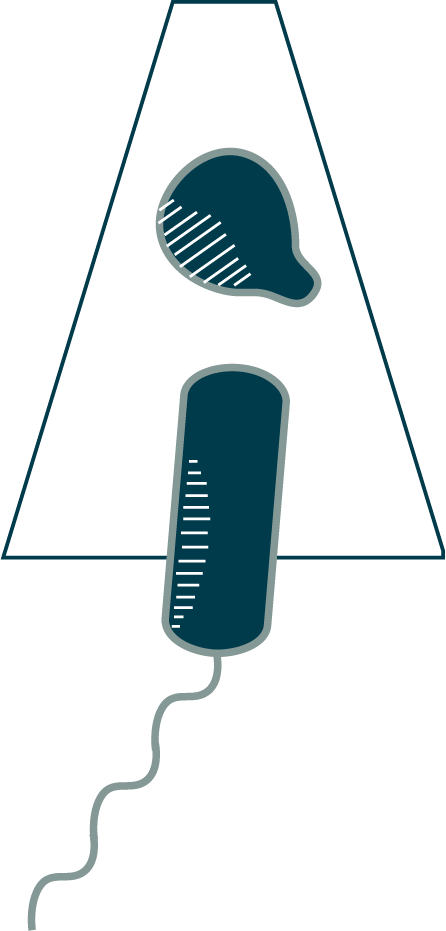Here you see two of the basic units of a chemosensory array from Escherichia coli [69]. Each unit consists of a trimer of chemoreceptor dimers (a section of which is shown in orange), a kinase (in blue), and a coupling protein (in green). In the cell, these two units would further associate with four more into a rosette of six units, then with other rosettes, forming the extensive hexagonal array. Also keep in mind that these are just the stable components; additional proteins (including the response regulators) interact transiently with the receptors and kinases.




